International Heritage Centre blog
‘Comrades under the Colours’: International Congresses
‘Comrades under the Colours’: International Congresses
This year is the 150th anniversary of The Salvation Army and the occasion will be marked in the first week of July with the Boundless International Congress in London. This is the eighth event of its kind.The Salvation Army’s first International Congress was held in 1886 to celebrate the organisation’s 21st anniversary. This was only six years after The Salvation Army had expanded overseas but the event was still able to attract two thousand officers of sixteen different nationalities.
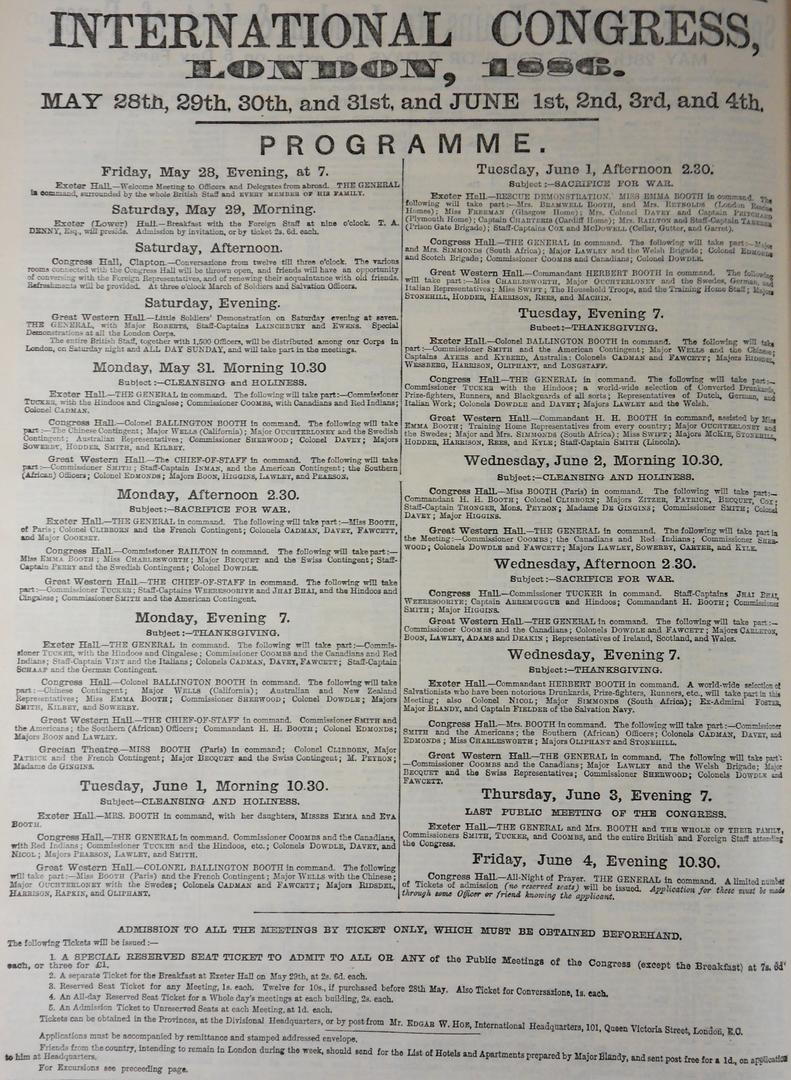
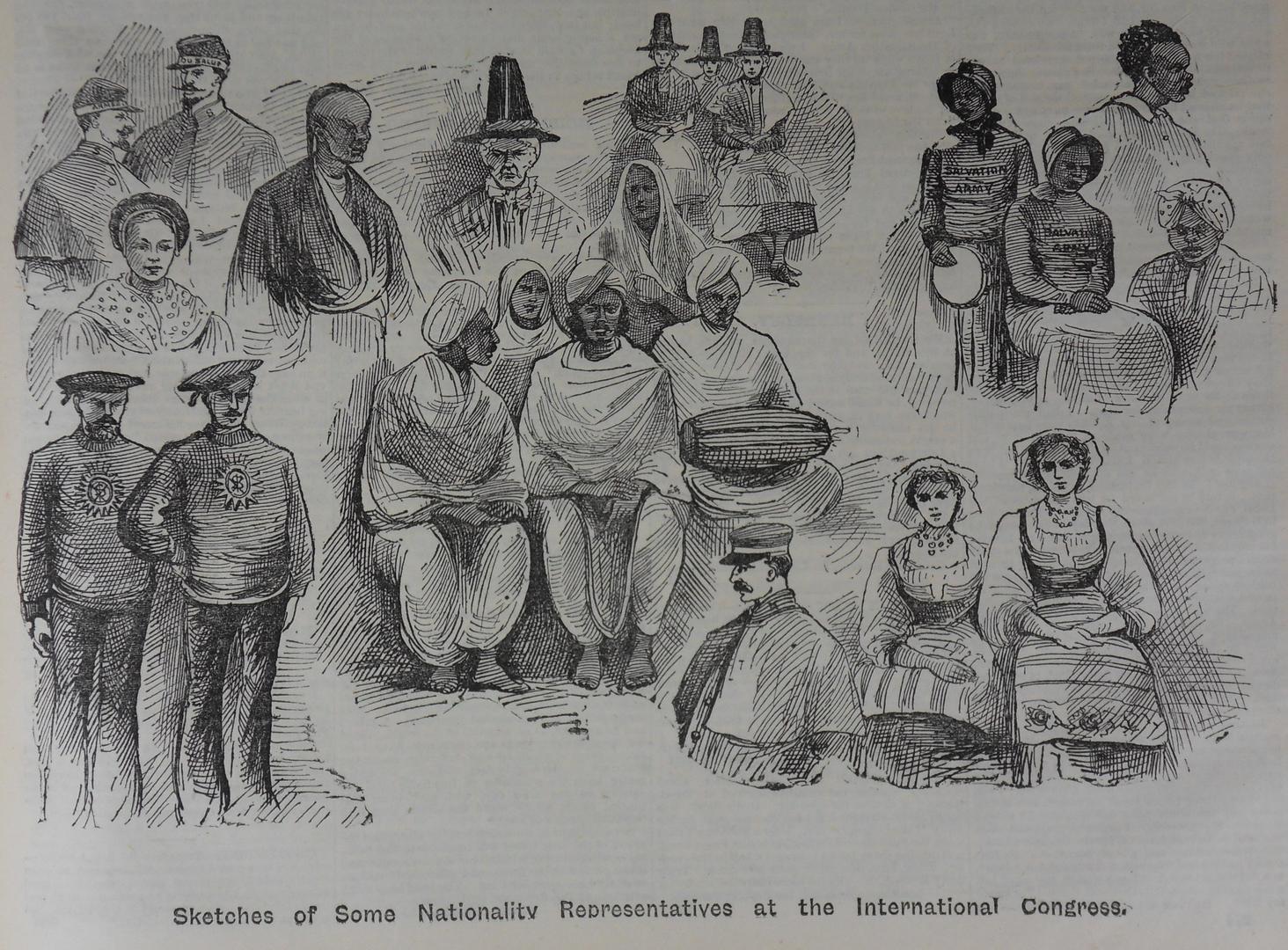
The first Congress coincided with the Colonial and Indian Exhibition in South Kensington and comparison was inevitable. A write-up in Salvation Army magazine All the World claimed:
The Colonial Exhibition has brought plenty of foreigners together into London. Simply as foreigners, they have interest for students and sight-seers. But our Colonial is interesting because our foreigners are yet citizens of our country; because they so differ externally, and are, thank God, so entirely alike internally!
Much was made of the external diversity of the international delegates in order to bring this point home. William Booth was determined that the Congress should show the world that The Salvation Army was not just a ‘passing wonder of the day; the temporary excitement of a few ignorant people’, so spectacle was employed to emphasize Salvationism’s reach.
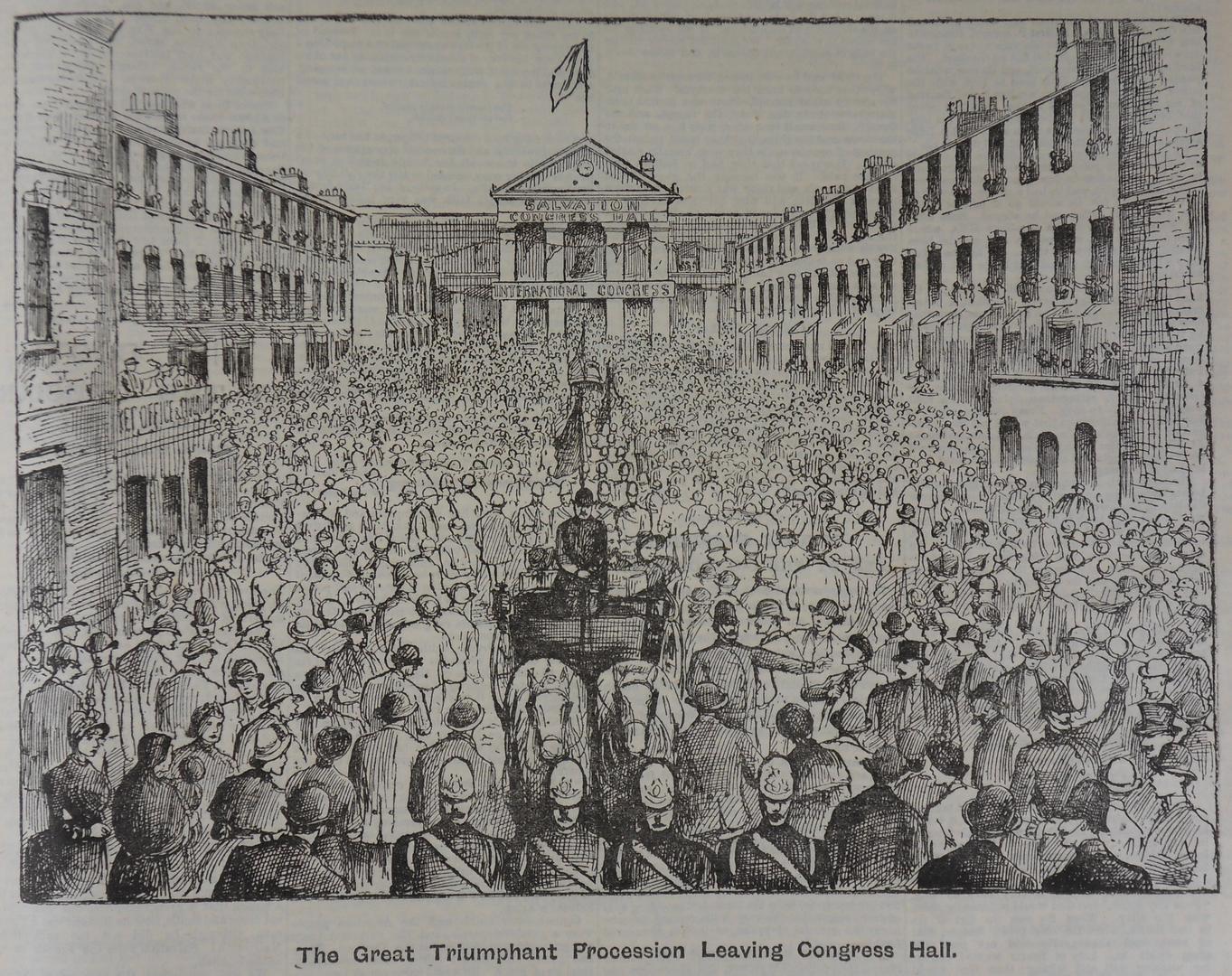
On 29 May 1886 a ‘Gigantic International Demonstration’ marched through London, starting and ending at Clapton Congress Hall. The procession was said to be over a mile long and featured ‘International Trollies’ with representatives from ‘England, Ireland, Scotland, Wales, New Zealand, China, Australia, Italy … the French Force, India, Canada, South Africa, Switzerland, Sweden, Holland, Germany, the United States.’ But William Booth was careful to point out that this was just the tip of the iceberg: ‘you must not suppose we have brought them all here. These are only samples.’
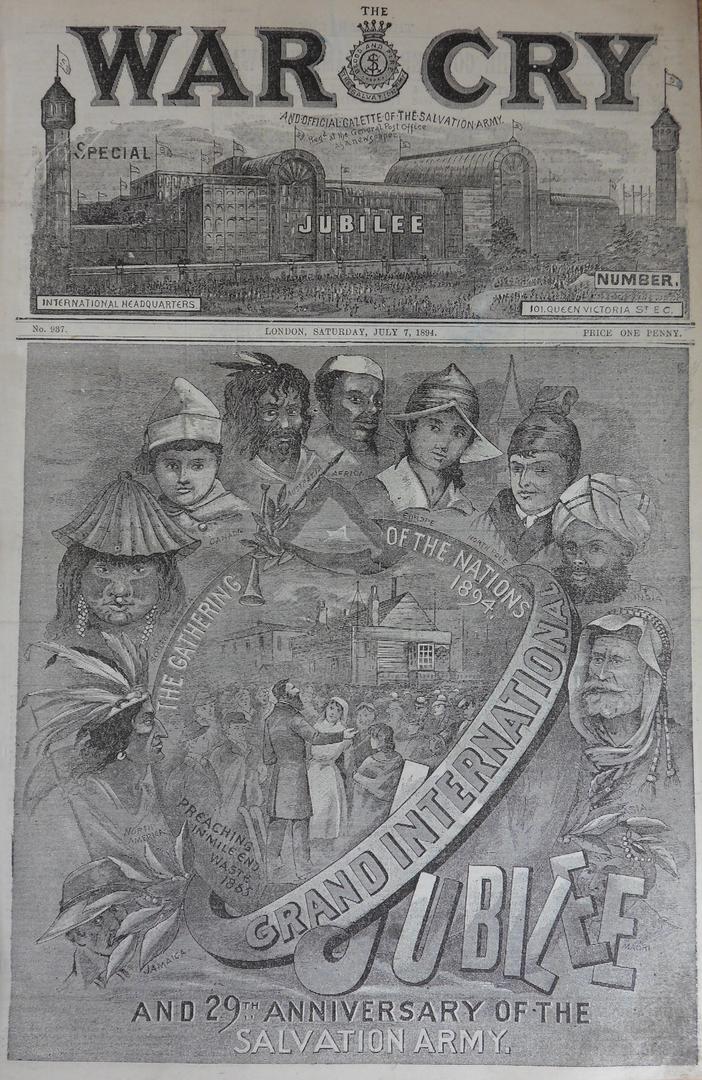
The Salvation Army’s pride in its own variety only increased during the next International Congresses held in 1894 and 1904. Visiting contingents were asked to attend Congress meetings in their traditional, national costume, but this did not please everybody. An All the World reporter at the 1894 Congress writes:
Some of our guests were half grieved, over their apparent return to the vanities put off when salvation was put on. As Lieutenant Tamatea from Maoriland plaintively explained, “Some people think I am not saved because I have feathers.” But in no other way did it seem possible to impress upon our huge congregations the diversity of nationalities represented.
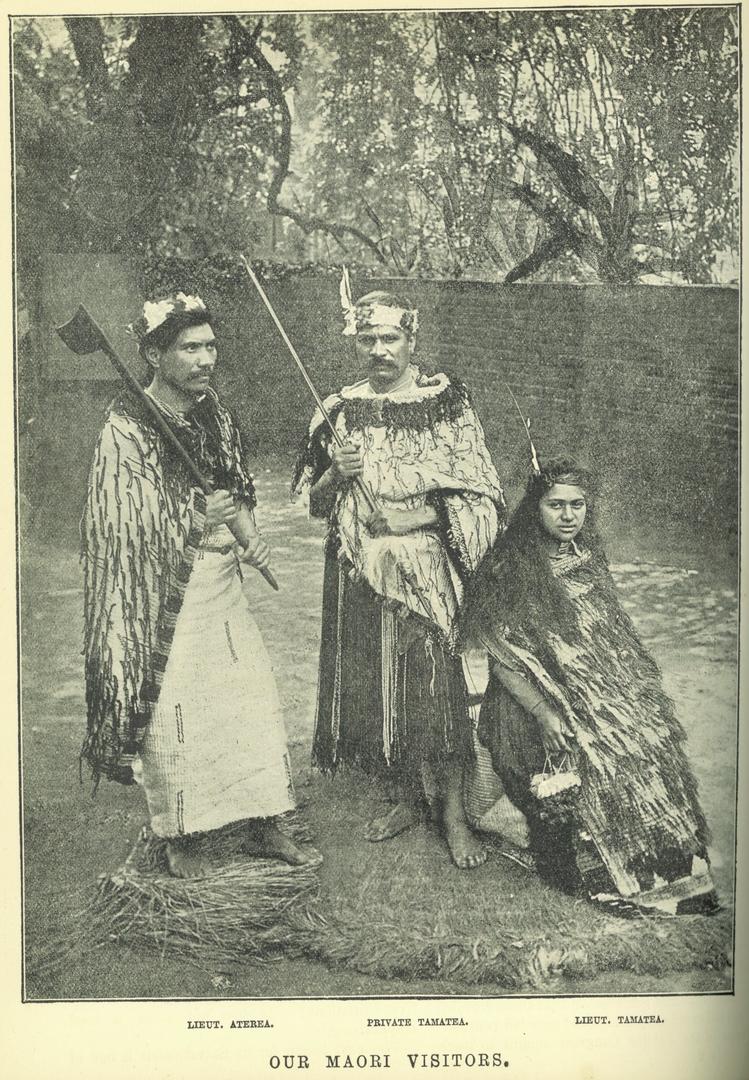
Lieutenant Tamatea’s complaint is hardly surprising since the Salvation Army press frequently used dress as a means of illustrating the beneficent effects of salvation!
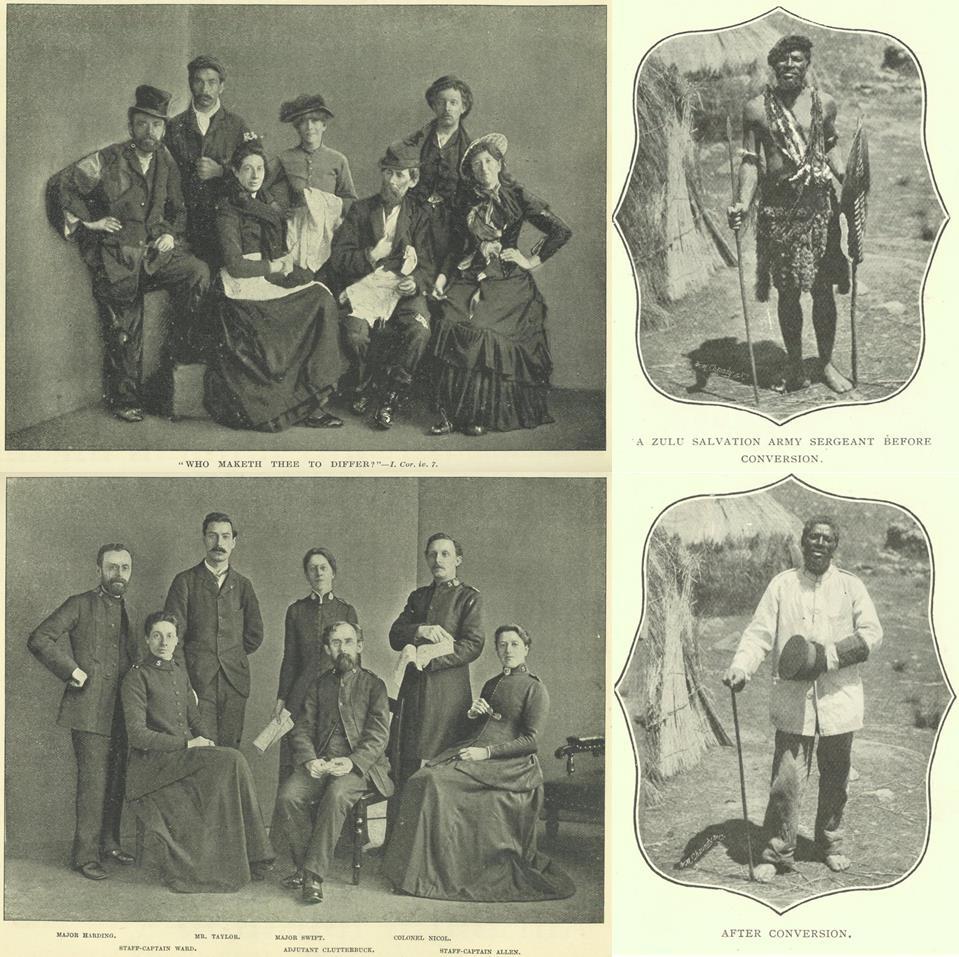
In the run-up to the 1904 Congress, anticipation levels were raised through a series of cartoons in the short-lived and now largely forgotten Salvation Army newspaper The Social Gazette. The series, ‘People Who Will Come to the I.C.C.’, featured racial and national stereotyping that is shocking to us today, but the overall message the series was aiming to convey was one of unity in diversity: ‘Comrades under the Colours’.
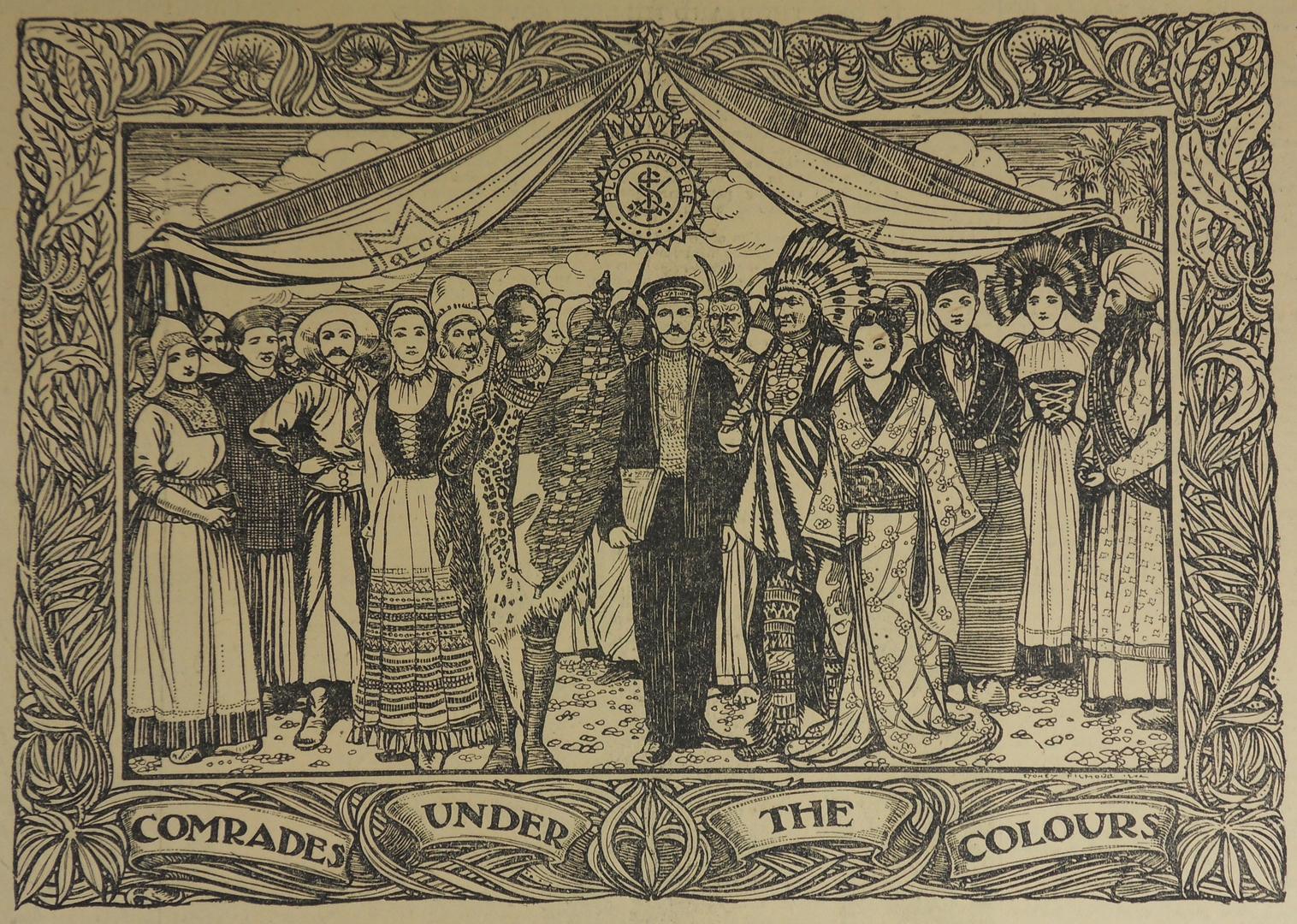
When the many national contingents featured in the ‘People Who Will Come’ series arrived in London, they were photographed on the steps of Clapton Congress Hall in their pre-advertised attire. The gallery below features examples from the cartoon and photograph series along with some other interesting items we have in the Heritage Centre archives from the first three Congresses.
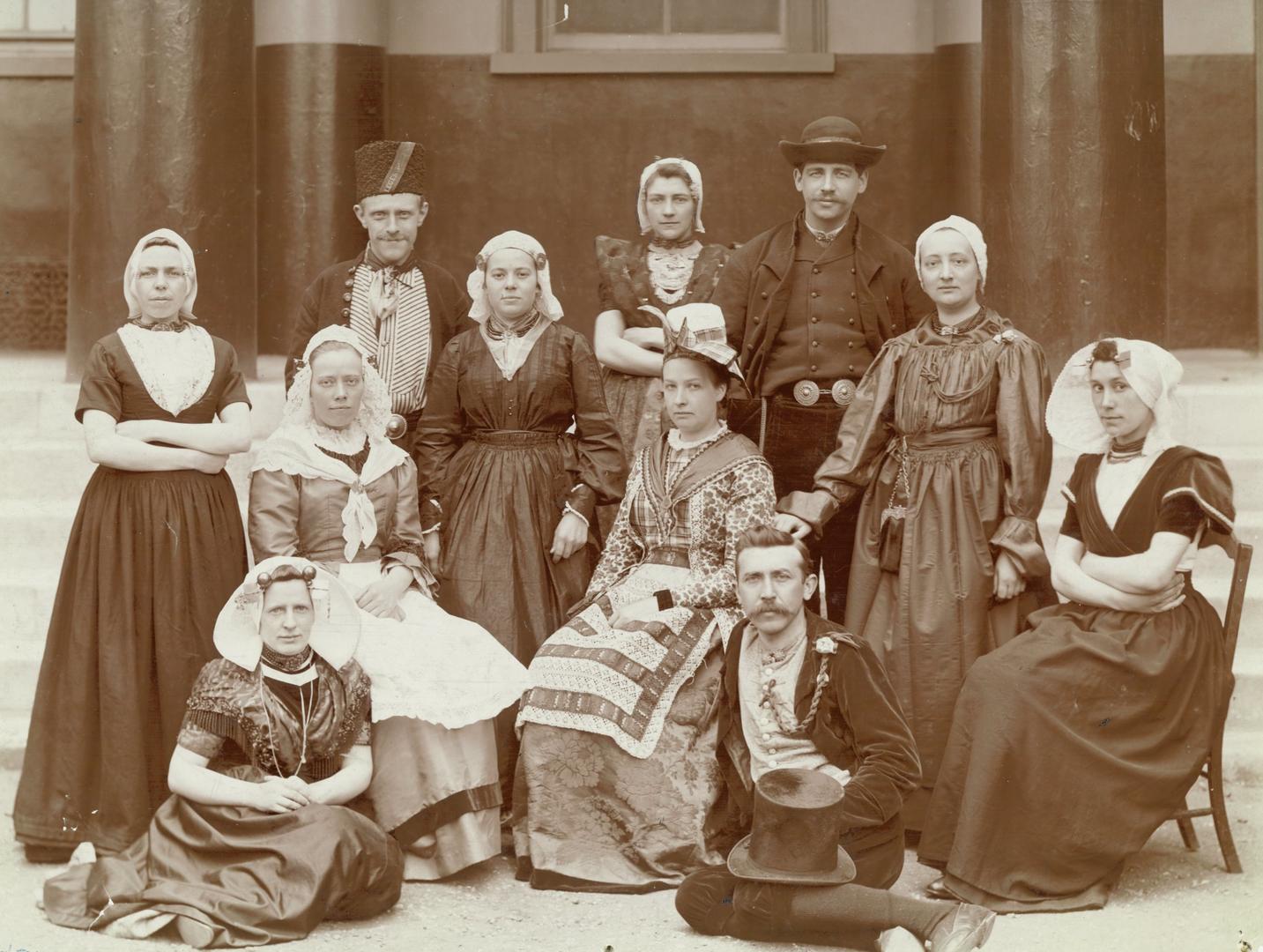
The 1904 International Congress was the first that could properly be called a multi-media event. In addition to the usual journalists, illustrators and photographers who documented the Congress in print media, cameramen captured the event on film. Some of the earliest surviving moving picture footage of The Salvation Army shows the international contingents’ march-past at Crystal Palace during the 1904 Congress. If you’re interested in seeing this footage, it’s available on The Salvation Army’s YouTube channel in the 1953 documentary God’s Soldier. You’ll find the Congress about 13 minutes in.
Ruth
June 2015
Read other blogs from the Heritage Centre
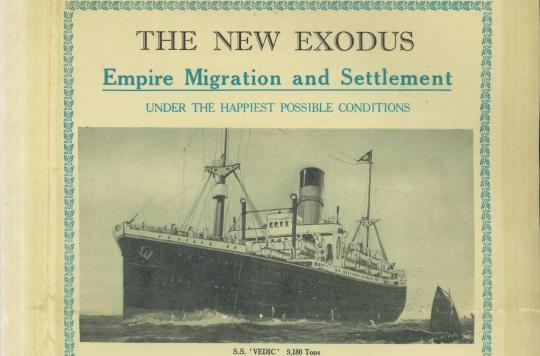
'The New Exodus': The Salvation Army and Emigration
It is a little-known fact that The Salvation Army was the United Kingdom's largest voluntary migration society in the first half of the twentieth century ...
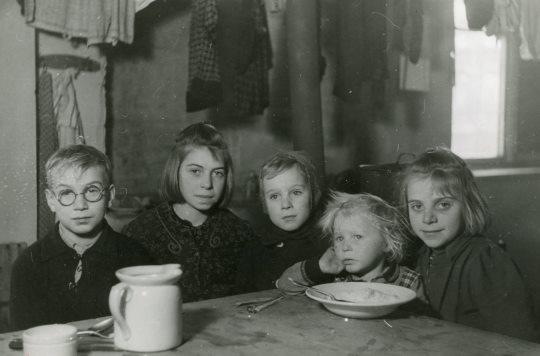
The Salvation Army in Post-War Germany
Papers in our archive shed light on the work of The Salvation Army in Germany during the Second World War ...
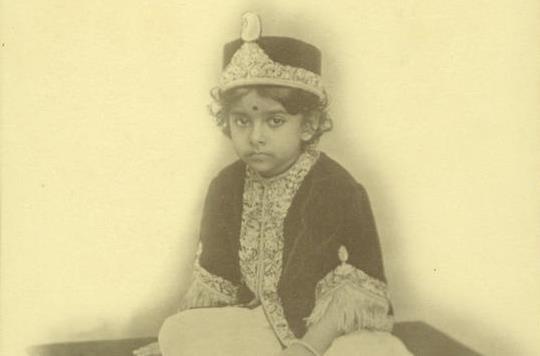
Mabel Poole: ‘Sister of Love'
Whilst re-cataloguing the IHC's several thousand strong collection of photographs, we came across unidentified loose prints of what appeared to be Indian royalty ...
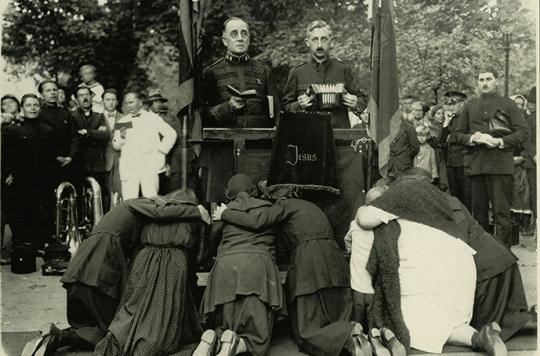
'Chilly political winds': The Salvation Army in Hungary
Salvation Army work in Hungary lasted scarcely 25 years, years which coincided with a politically turbulent period in the country's history ...